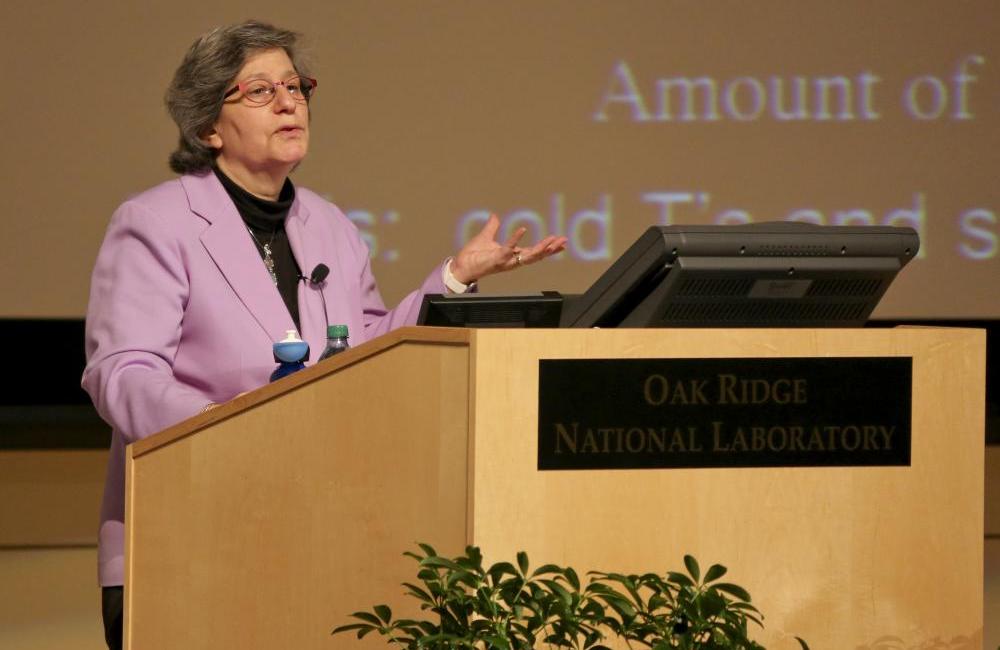Susan Solomon is the Ellen Swallow Richards Professor of Atmospheric Chemistry and Climate Science at the Massachusetts Institute of Technology. In the mid-1980s she led expeditions to Antarctica that confirmed a growing hole in the Earth’s ozone layer and laid the blame on the human use of chlorofluorocarbons.
She delivered the Eugene Wigner Distinguished Lecture on Dec. 10, 2014 focusing on “Ozone Depletion at the Ends of the Earth: A Science and Policy Success Story.” We asked about her experience working on a high-profile scientific problem and the lessons
she drew from it.
1. You led the Antarctic expedition that confirmed a growing hole in the ozone layer and linked it to chlorofluorocarbons. What lessons can we learn from that experience?
One of the important ones is the role of long-term monitoring. If we’re making changes in our environment, it’s very important to make sure that we create and maintain a network that allows us to know what it used to be like and whether it’s changing. Also, when we put material into our environment, it’s really important to look at how long that stuff is going to live. In the case of the ozone hole, the molecules that are causing it have lifetimes of the order of 50 to 150 years. So, if we made a mistake, we’re going to live with it for a very long time.
2. How did that experience influence how you later approached your career?
The great thing about the work that I did there was that it allowed me to become exposed to how science is used. The work that I was doing scientifically was of interest to people who were trying to formulate policies around ozone depletion, so I got to talk to those people and understand how they think.
3. How should scientific research guide public policy in areas such as climate research?
Scientific research is an input to public decision-making, but it’s not the only input. I think that scientific research can do its best job in serving the public and serving the needs of decision-making by providing the best policy-relevant information we can, which means providing options.
The other thing is to help people understand the difference between the fundamental science and levels-of-detail questions that may remain. In the case of DDT and long-lived pesticides, there was a fundamental fact: These things are long lived. There was also another fundamental fact: They are retained in the human body. There’s a lot of uncertainty regarding very, very important additional questions, but there are distinctive science fundamentals that we actually know extremely well.
4. Why was it important to visit ORNL, meet with researchers here and participate in the Wigner Lecture Series?
I think it’s a great place, this institution. There’s lots of wonderful laboratories at various government agencies around the country, and it’s really important that the academic and government and industry communities in science communicate with one another and work together.


